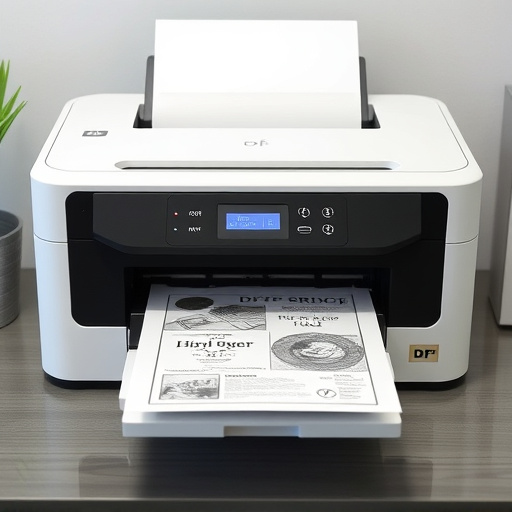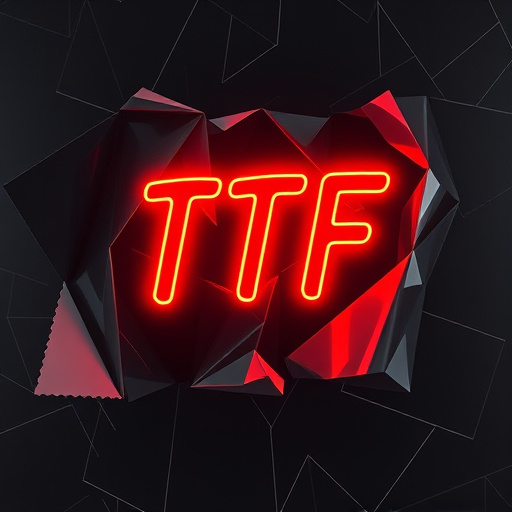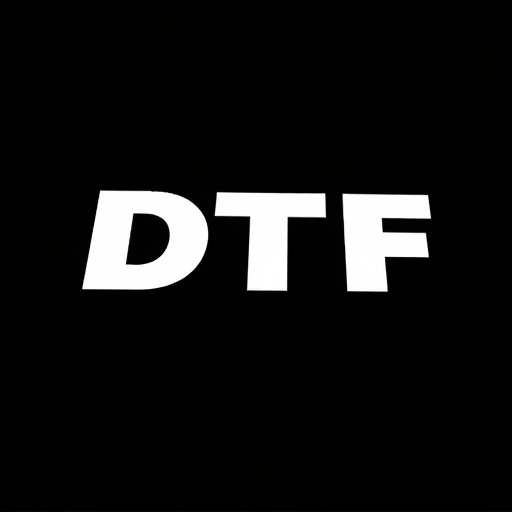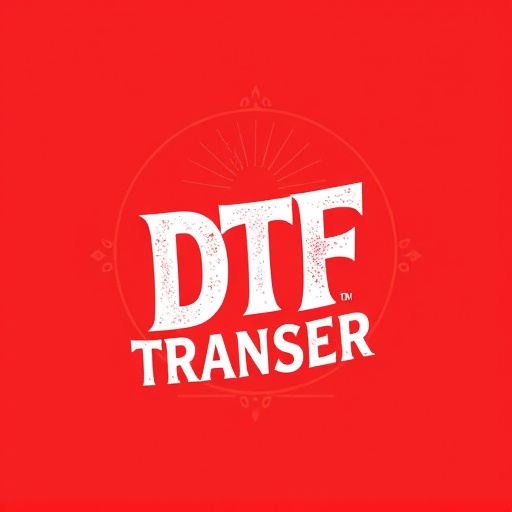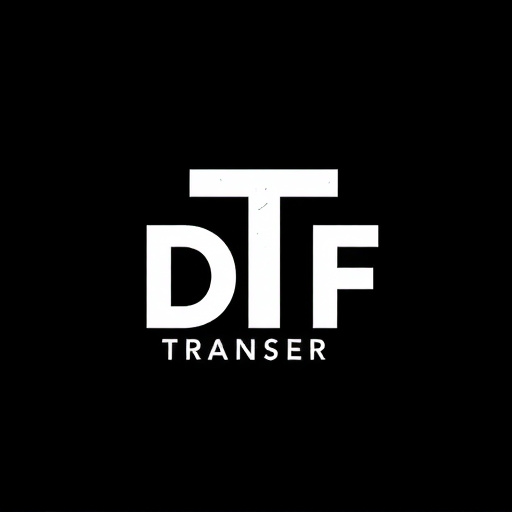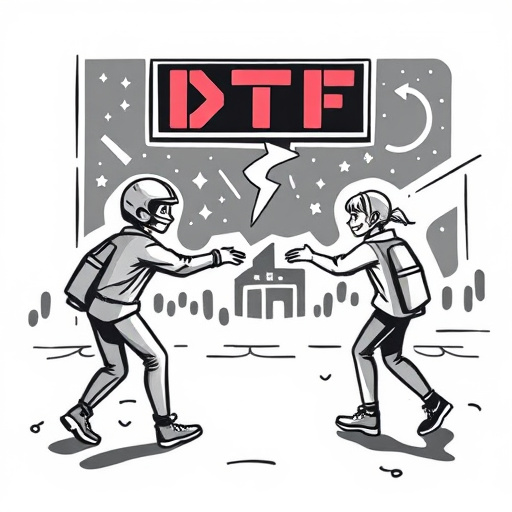Direct-to-Film (DTF) printing transforms film production with its swift, modern approach, eliminating traditional steps like digital intermediates or film scanning. This technology enables a 24-hour turnaround time for high-quality prints, appealing to independent filmmakers and content creators in dynamic sectors. Advanced digital printing methods, automated systems, and optimized workflows ensure precise color and detail, while challenging factors include heightened quality control needs and specialized equipment requirements. To optimize DTF transfers, use high-quality source materials, dedicated software, and controlled environmental conditions throughout the 24-hour cycle.
“Discover the future of film production with the accelerated world of Direct-to-Film (DTF) prints. This cutting-edge process transforms footage into physical films in as little as 24 hours, revolutionizing the industry’s traditional timelines.
In this comprehensive guide, we’ll explore the benefits and technologies behind expedited DTF production, offering insights into how film enthusiasts and professionals can now access high-quality, timely prints. From understanding the basics to implementing best practices, get ready to streamline your film transfer process.”
- Understanding Direct-to-Film (DTF) Prints: A Quick Overview
- The Current State of DTF Print Production Timelines
- Revolutionizing the Process: 24-Hour Turnaround Times
- Technologies Enabling Expedited DTF Production
- Benefits and Considerations for Faster DTF Prints
- Best Practices for Efficient 24-Hour DTF Transfers
Understanding Direct-to-Film (DTF) Prints: A Quick Overview

Direct-to-Film (DTF) prints represent a cutting-edge method in the film industry, offering a modern approach to transferring and printing footage. This process eliminates traditional intermediate steps, allowing for a more efficient and faster production workflow. By bypassing stages like digital intermediary or film scanning, DTF technology enables direct transfer of source material onto a final print medium, be it 35mm, 70mm, or even digital formats.
The advantage lies in its speed and ability to preserve the original intent of the filmmaker. With advanced printers capable of handling high-resolution content, DTF prints ensure a high level of detail and color accuracy. This method is particularly appealing for independent filmmakers, as it offers an affordable solution for creating limited-edition releases or even mainstream theatrical prints within tight deadlines, ensuring a swift journey from concept to screen.
The Current State of DTF Print Production Timelines
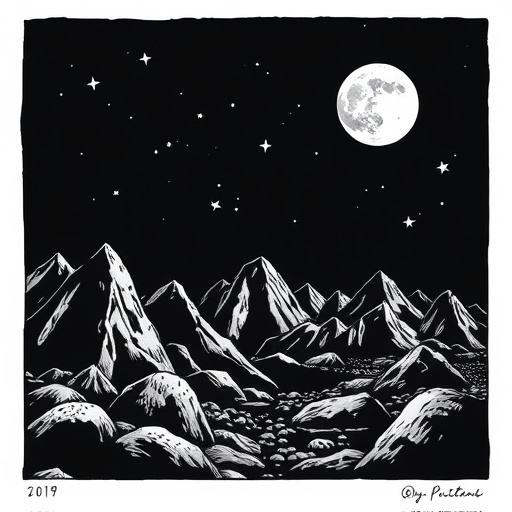
The current state of Direct-to-Film (DTF) print production timelines has seen significant evolution, but traditional methods still dominate the industry. Typically, producing high-quality DTF prints involves a lengthy process that can span several days or even weeks, depending on factors like resolution, print size, and complexity of the design. This timeline is often a result of manual interventions, limited technology, and the need for meticulous quality control checks at each stage.
However, with advancements in technology, there’s a growing trend towards expediting these production timelines. Modern digital printing techniques, combined with streamlined workflows, are enabling faster turnaround times, sometimes even within 24 hours. This revolution is not only enhancing efficiency but also opening doors for businesses and artists who require swift yet reliable DTF print solutions, catering to the fast-paced demands of today’s dynamic markets.
Revolutionizing the Process: 24-Hour Turnaround Times

In today’s fast-paced media landscape, the demand for quick and efficient film transfer solutions has never been higher. The traditional process of creating DTF (Direct-to-Film) prints often involved lengthy waiting times, but that is all set to change with an innovative new approach—the 24-hour turnaround. This game-changer promises to revolutionize the industry by offering a rapid and reliable method for producing high-quality DTF prints in record time.
By streamlining various stages of production, utilizing advanced equipment, and implementing efficient workflows, it is now feasible to achieve this lightning-fast turnaround. The process involves sophisticated scanning technologies that capture footage with exceptional detail, followed by intelligent data processing to ensure optimal image quality. This streamlined approach eliminates the need for lengthy adjustments, allowing for a seamless transition from raw footage to finished prints in just 24 hours.
Technologies Enabling Expedited DTF Production

The expedited production of direct-to-film (DTF) transfers within 24 hours is made possible by advanced technologies that streamline every step of the process. Digital printing techniques, such as inkjet and laser printing, have revolutionized DTF production by enabling high-speed, high-quality output. These technologies allow for precise color reproduction and sharp detail, ensuring that the final prints meet professional standards.
Furthermore, automated film cutters and digital exposure systems play a pivotal role in accelerating production times. Automated systems eliminate manual errors and significantly reduce setup times, enabling faster turnaround without compromising quality. Digital exposure systems precisely expose the film based on digital data, eliminating the need for traditional film masks, thus simplifying the process and minimizing potential delays.
Benefits and Considerations for Faster DTF Prints

The expedited production of direct-to-film (DTF) transfers within 24 hours offers a myriad of benefits for businesses and individuals alike. Faster DTF Prints enable swift turnaround times, allowing content creators to rapidly bring their visions to life. This is particularly advantageous in dynamic industries where timely releases are crucial, such as in advertising, event management, and entertainment. With accelerated production, there’s no more waiting for weeks or even days; instead, clients can receive their high-quality film transfers almost instantly, ensuring that messages remain fresh and relevant.
However, it’s essential to consider the potential trade-offs when opting for faster DTF Prints. While speed is beneficial, quality control becomes even more critical. As production time shrinks, the window for error detection and correction narrows. Therefore, robust quality assurance processes are necessary to maintain consistent output. Additionally, specialized equipment and skilled technicians may be required to meet these stringent deadlines without compromising visual accuracy and detail.
Best Practices for Efficient 24-Hour DTF Transfers
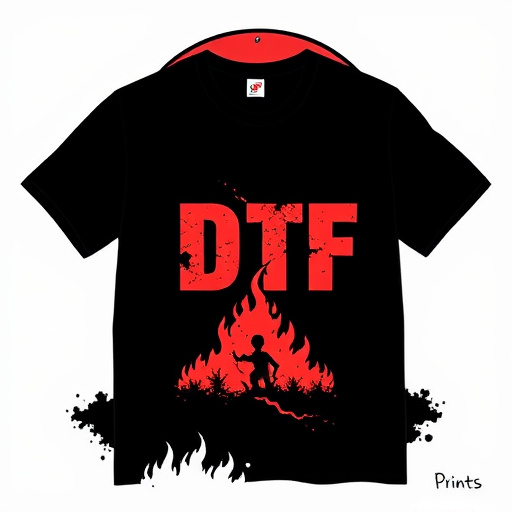
To achieve efficient 24-hour direct-to-film (DTF) transfers, best practices include optimizing preparation and workflow. Start by ensuring high-quality source materials—clearly formatted scripts, proper camera metadata, and clean digital files. This foundation is crucial for accurate color matching and seamless integration during the transfer process.
Next, leverage specialized software designed for rapid DTF printing. These tools offer advanced features like automated timecode synchronization, intuitive color correction interfaces, and pre-set profiles tailored for specific film stocks. Additionally, maintain a consistent and controlled environment throughout the 24-hour cycle—optimal temperature, humidity, and lighting conditions ensure the integrity of both the materials and the final DTF prints.
